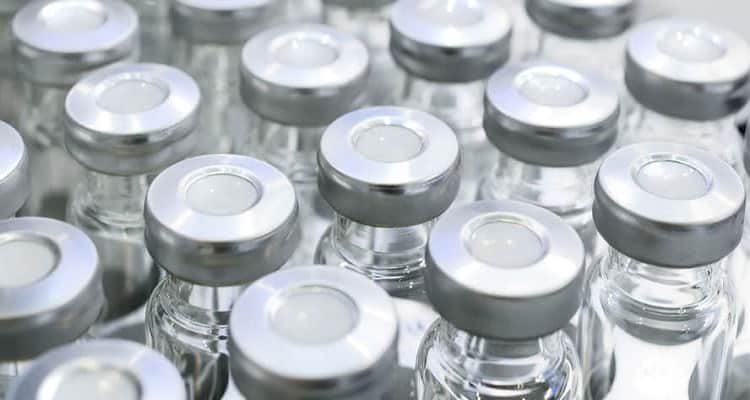ALS market across 8MM set to reach $1.28 bn in 2029: GlobalData
The prevalence of ALS is increasing at a steady rate, in line with population growth in the 8MM, at an AGR of 0.79 per cent
The amyotrophic lateral sclerosis (ALS) market across the 8MM (8MM: the US, France, Germany, Italy, Spain, the UK, Japan, and Canada) is projected to grow at a compound annual growth rate (CAGR) of 15 per cent from $317 million in 2019 to $1.28 billion in 2029, forecasts GlobalData.
The key opinion leaders (KOLs) interviewed by GlobalData identified the greatest unmet needs within the ALS space. These entail earlier diagnosis, disease-modifying therapies (DMTs), identification of biomarkers, and efficacious first-line treatment options. However, the consensus amongst them is that the need to diagnose ALS early and the development of DMTs is imperative for any change to take place within the treatment space.
Momna Ali, Healthcare Analyst at GlobalData, comments, “Due to the variety in the presentation of ALS development and symptoms, there have been historical difficulties in diagnosing patients in a timely manner. Pharmaceutical companies have an opportunity to educate physicians both specialists and primary care physicians alike, about the indication and early warning signs.”
By enabling earlier diagnosis, patients will receive treatment earlier in their disease progression, leading to an increased treatment population as more patients are captured, additionally, outcomes will improve with earlier intervention. This can be achieved through physician education and awareness campaigns run through medical conferences, continuing medical education (CME) schemes, or funding research.
Ali adds, “Earlier diagnosis can be lucrative for pharmaceutical companies by expanding the treatment market and increasing sales volumes. Early intervention results in prolonged treatment periods, further boosting revenue and finally improved patient outcomes enhance product reputation, driving demand and market share.”
For ALS, the high failure rate in clinical trials is often attributed to the disease’s unclear etiology and complex pathophysiology. Thereby, another major unmet need within the ALS space, if met, will be lucrative for pharmaceutical companies is the development of disease-modifying treatment, targeting the underlying cause of ALS to halt/reverse or cure the disease rather than focusing on slowing down progression.
Ali continues, “In the current pipeline for ALS, there are two stem cell therapies, BrainStorm’s NurOwn (debamestrocel) and Corestem’s Neuronata-R (lenzumestrocel), and an antisense oligonucleotide (ASO), Ionis Pharmaceuticals’ ulefnersen sodium, that aim to address this unmet need. They will all have to translate clinical trials into successes, which KOLs have stated has been a stumbling block for previous therapies. However, if approved, these complex biologics will command a high price, which will be of benefit to pharmaceutical companies.”
The imperative to transition towards DMT’s capable of curing ALS is widely acknowledged in the industry. As the current diverse pipeline indicates, GlobalData anticipates significant evolution in the treatment landscape over the coming decade. This forecast underscores lucrative prospects for pharmaceutical companies to innovate and deliver safe, efficacious therapies.
“The prevalence of ALS is increasing at a steady rate, in line with population growth in the 8MM, at an annual growth rate (AGR) of 0.79 per cent and therefore, the opportunity within the space will parallelly grow,” concludes Ali.
Edits made by EP News Bureau
- Advertisement -


